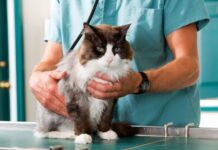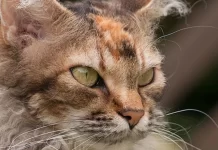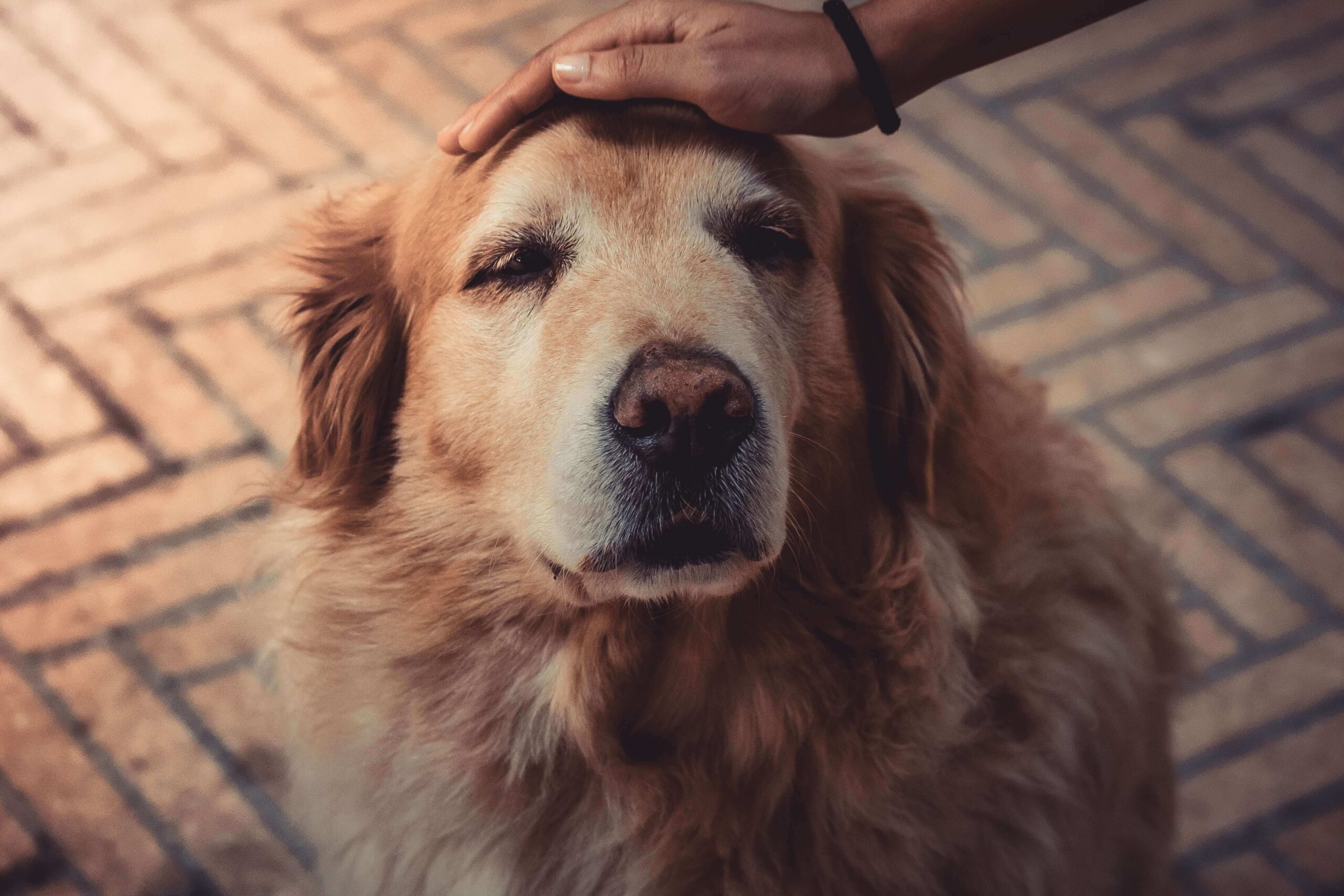Last Updated on January 31, 2024 by Fumipets
Orange Cat Breeds
What is it about orange cat breeds that people find so fascinating? It’s possible that since orange is a warm hue, we may expect these cats to be nice and loving toward humans. There are a slew of reasons why most people prefer orange cat breeds. These vibrant ginger cuties have captivated the hearts of cat lovers for years, from Milo to the legendary Garfield.
We’ve put up a list of ten orange cat breeds, along with some fascinating information about each.
The 10 Orange Cat Breeds
1. Abyssinian Cat
| Size: | Medium |
| Shedding amount: | Seasonal |
| Activity Level: | Active |
| Personality: | Sociable, mischievous, curious |

Ethiopia or Egypt are thought to be the origins of the Abyssians. They have a muscular physique and a mottled coat. The cats are low-maintenance due to their short fur. Because these felines are gregarious, they make excellent family pets. Every now and again, you’ll see them flaunting their abilities.
An Abyssian cat is ideal for pet owners who have the time to teach a cat with a lot of energy.
2. Persian Cat
| Size: | Medium, large |
| Shedding amount: | Frequent |
| Activity Level: | Calm |
| Personality: | Sociable, affectionate, gentle |

Of all the orange cat breeds, this is the most popular. Persian cats were formerly the preferred cat of the upper crust and nobles, and they continue to melt people’s hearts today. They have a laid-back disposition and are lovely and fluffy. However, due to their lengthy hair, they need a lot of upkeep. Although white Persians are still the most well-known, brown Persians have found a way to melt people’s hearts as well.
3. Exotic Shorthair Cat
| Size: | Medium |
| Shedding amount: | Occasional |
| Activity Level: | Calm |
| Personality: | Affectionate, social, playful |

Garfield is an Exotic Shorthair, in case you didn’t know. Here’s the Persian’s twin if you like the Persian but can’t stand the upkeep. It’s still orange and has all of the characteristics of the Persian breed. Your cat will just need weekly grooming. You’ll still have a loving, easygoing cat, as well as a more playful and inquisitive companion. This cute kitten will happily sit next to you on the sofa or snuggle up at the foot of the bed.
They are devoted to their carer, which comes in handy when you have to move. They feel complete as long as you are present. It’s also a great pet for a household with older children. Toys and cat trees are plenty to keep you occupied if you’re alone.
4. Maine Coon Cat
| Size: | Medium, Large |
| Shedding amount: | Frequent |
| Activity Level: | Active |
| Personality: | Friendly, social, intelligent, |

This is one of the most beautiful cats in the United States, as well as the biggest domestic cat. They’re big, strong, loyal, and simple to train. Maine Coons are amiable to humans, children, and other animals. Its capacity to reclaim popularity is interesting, given that it was on the verge of extinction.
Maine Coons have water-resistant hair and are excellent hunters. They come in a variety of hues, including orange, brown, black, cream, and blue. They are, however, high-maintenance, need frequent grooming, and are prone to infections and other health problems.
5. Devon Rex
| Size: | Small, regular |
| Shedding amount: | Normal |
| Activity Level: | Hyper |
| Personality: | Playful, daring, hyperactive, social |

You are not ready for a Devon Rex if you are not a sports fan. The cat is always leaping or climbing. It was dubbed the “poodle cat” and “monkey in a catsuit” because of its restlessness and lively attitude.
While the cat may be a bother at times, it makes up for it by giving appealing performances, being loyal, people-friendly, and simple to maintain due to their low shedding. Some believe the Devonshire bred feline has more dog-like characteristics than a cat.
6. Chausie Cat
| Size: | Large |
| Shedding amount: | Normal |
| Activity Level: | Very active |
| Personality: | SIntelligent, inquisitive |

This friendly and faithful feline is an ancient Egyptian breed known as the little cougar. Chausie is from a wildcat family, as seen by her physical characteristics and behavior. It is, for example, scared, quick, and capable of climbing to great heights.
They are low-maintenance and just need to be groomed once a week. A long tail, large ears, and a slim yet strong build are among its distinguishing physical features. Its outgoing and inquisitive qualities will make you want to make more space for exercise.
7. Somali Cat
| Size: | Medium |
| Shedding amount: | Normal |
| Activity Level: | Hyper |
| Personality: | Social, bold |
The Somali is a bright orange cat with fox-like cunning. Its intellect is impressive since it spends time examining and observing things. The cat can also be taught a few skills and can do simple tasks like opening doors and knocking in no time.
The drawback of their hands-on approach is that it may be exhausting. It has a proclivity for aiming at items in higher areas and knocking them off to observe how they fall.
8. Bengal
| Size: | Medium, large |
| Shedding amount: | Normal |
| Activity Level: | Active |
| Personality: | Brilliant, sociable, playful |

If you want a smart, brave, energetic brown shorthaired cat as a pet, the Bengal is the cat for you. It’s a cross of Asian leopard cats, Egyptian Mau cats, and other domestic cats, which might explain their voracious appetite. They are calm and friendly pets. Grooming them is also simple. Try the Bengals for a change if you believe dogs are loyal.
They are both wild and caring, making them an ideal companion for anybody who want to spend time with a leopard. Bengals can also swim. They do, however, need ongoing care, which might be inconvenient at times.
9. British Shorthair
| Size: | Medium |
| Shedding amount: | Occasional |
| Activity Level: | Calm |
| Personality: | Sociable, intelligent, rational |

This is one of the earliest breeds. They have a rounded form, velvety coats, and thick fur that makes them seem like a teddy bear to some. Because they are less demanding, amiable, and social, the cats are great for novice cat owners.
10. Munchkin
| Size: | Small, medium |
| Shedding amount: | Normal |
| Activity Level: | Active |
| Personality: | Affectionate, intelligent, social, playful |
It has never let its small legs stop it from showing its outspoken attitude. Munchkins are continually wandering about, curious, and attracted to flashy objects. They care so much about other people that they even accept to be scooped up.
They’re also simple to groom and can be left alone, which is something pet owners should consider before adopting one.
6 Interesting Fun Facts about Orange Cats
1. All orange cats are tabby.
Orange cats are not a breed, as some people believe. Orange hair is a variety of fur that may be seen on cats of many breeds. This assertion is equally true in reverse; tabby cats are not a breed. The true difference is that certain cats, like the Scottish fold and the American bobtail, have more orange hair than others.
2. In every five orange tabbies, one is female.
The male-to-female ratio of orange cats is 4:1. The gene responsible for the orange coat is discovered on the X chromosome, according to scientific evidence. Female cats may acquire it if the gene duplicates twice, although male cats only need it to double once. Brown male cats account for 80% of the total population.
3. They are Marked ‘M’.
An M appears over the eyes of all tabbies. The M marking has sparked several ideas and guesses, but the simple conclusion is that it is just charming.
4. All Orange cats have markings.
There isn’t a single orange cat in the world. They all have patches that have been classified using one of four methods:
• Tie-Dye Stripes: the stripes are dyed in a tie-dye design.
• Ticked stripes: the end product has a sand-like texture.
• Mackerel stripes: the cat will have tiger-like markings.
• Spotted: the stripes have the appearance of spots.
5. There is an exact strain responsible for the orange color.
Pheomelanin is the pigment that causes the brown hue to appear.
This is the same pigment that causes red hair in humans. Isn’t it fascinating that cats and humans have the same variant?
6. Orange cats are legendary.
In comparison to others, these cats have done very well. They have been a preserve of the elite and mighty in society from ancient times. Even Winston Churchill, the British Prime Minister, was a fan.
You’ve probably seen them in movies and on TV. We’re talking about characters like Garfield, Milo, and Morris the Cat, to name a few. Is it possible that our attitudes about these cats are influenced by our culture?
Conclusion
Whatever it is that pulls us to orange cats, it appears to be winning. They have been adorable since time immemorial, and we even adore them more. If you have been planning on obtaining one of these gorgeous felines, you couldn’t have made a better choice. If you have one already, cherish it like the treasure that it is.


















